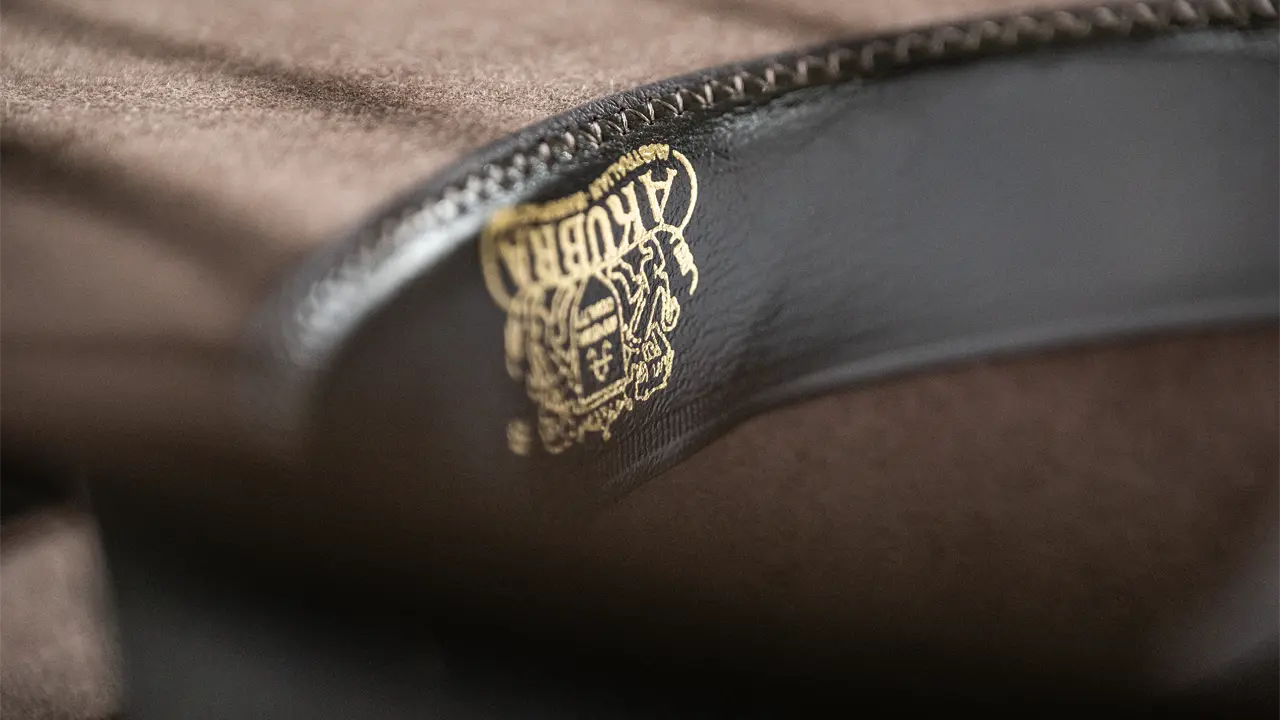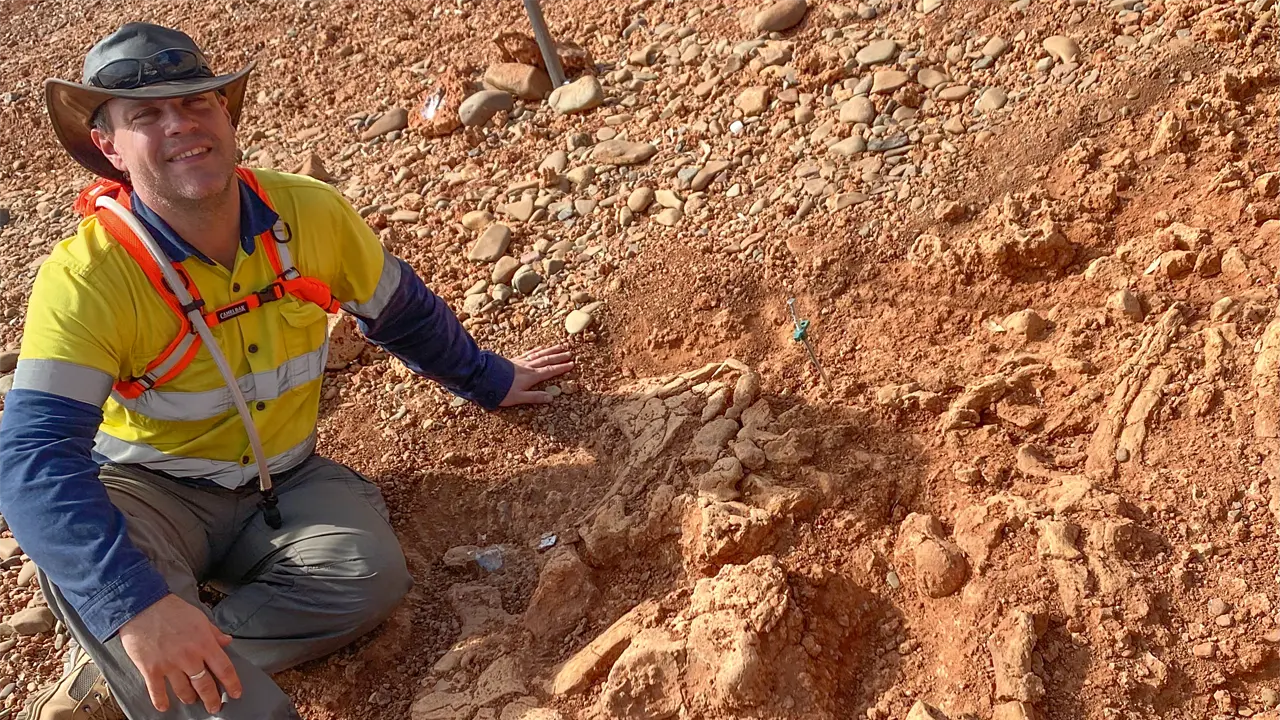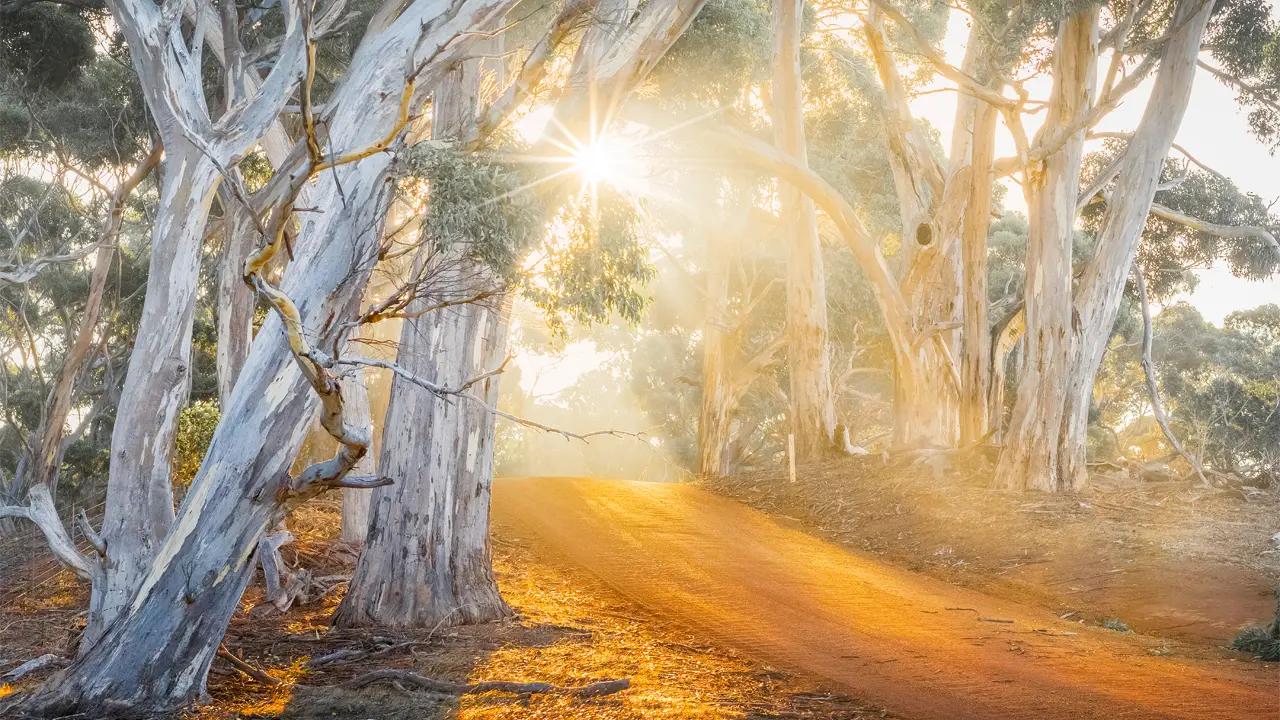Passed through more than 60 pairs of hands that have several hundred years of experience between them, each Akubra is more than a hat.
Photos Peter Pap
OUTBACK’s art director Peter Pap recently captured the Akubra factory in action to mark its 50th year in Kempsey, NSW. He says that on entering the corrugated-iron exterior, the nearly 150-year history of this Aussie icon was apparent.
“I felt like I was on a 1920s sci-fi film set with all the machines, with all the steam and the noise and the artisans creating something amazing,” Peter says. “It’s hands-on craftsmanship. The touch they have is so finite that one mistake and the hat’s cactus.”
Peter’s photos show the 6-week manufacturing process in which rabbit fur is cut, washed, rolled, moulded, steamed, shrunk, dyed, dried, brims broken out, sandpapered, sewn, lined, stamped and handled by deft hands, until the crown is dented and shaped into an iconic symbol of Australia.
“They’re objects that people invest in,” says Natalie Culina, chief executive officer of Akubra.“Those marks and quirks about them that develop over time are stories.”
Akubra’s history stretches back to the 1879 establishment of Kensington Hat Mills in Tasmania. Still Australian-owned and operated, Akubra was acquired by the Tattarang group, owners of R.M.Williams, in 2023 (issue 153, p24). Natalie was appointed in Feburary 2024 and has been tasked with shepherding the iconic brand into a new era.
“[The Akubra team] is a community that is made up of people with a common interest in creating something meaningful,” she says. “There are certain disciplines and skill sets in the craft that should never change, and I don’t think a machine could ever replace the work a hand does.”
This story excerpt is from Issue #154
Outback Magazine: April/May 2024









